

We pride ourselves on providing the most accurate, reliable, and cost-effective testing possible.
Through significant investments in cutting-edge instrumentation, membership in gold standard proficiency test programs and our team of expert laboratory scientists, we take every step to be sure that you can trust your results. Our mission has been from the onset to make testing accessible to all stakeholders at the most competitive prices for growers, processors, and retailers, of all sizes. Vermont is a leader in safe, quality, and unique cannabis products and we look forward to partnering with each and every client to help make your vision a reality.
The Emerald Test™ is an inter-laboratory comparison proficiency test (ILC/PT) program for cannabis and hemp testing facilities. It brings to these industries a well-established protocol for testing found in the environmental, food, pharmaceutical, water, and petrochemical industries. Through the participation of labs around the world, the Emerald Test™ helps establish the industry standard for cannabis and hemp testing.
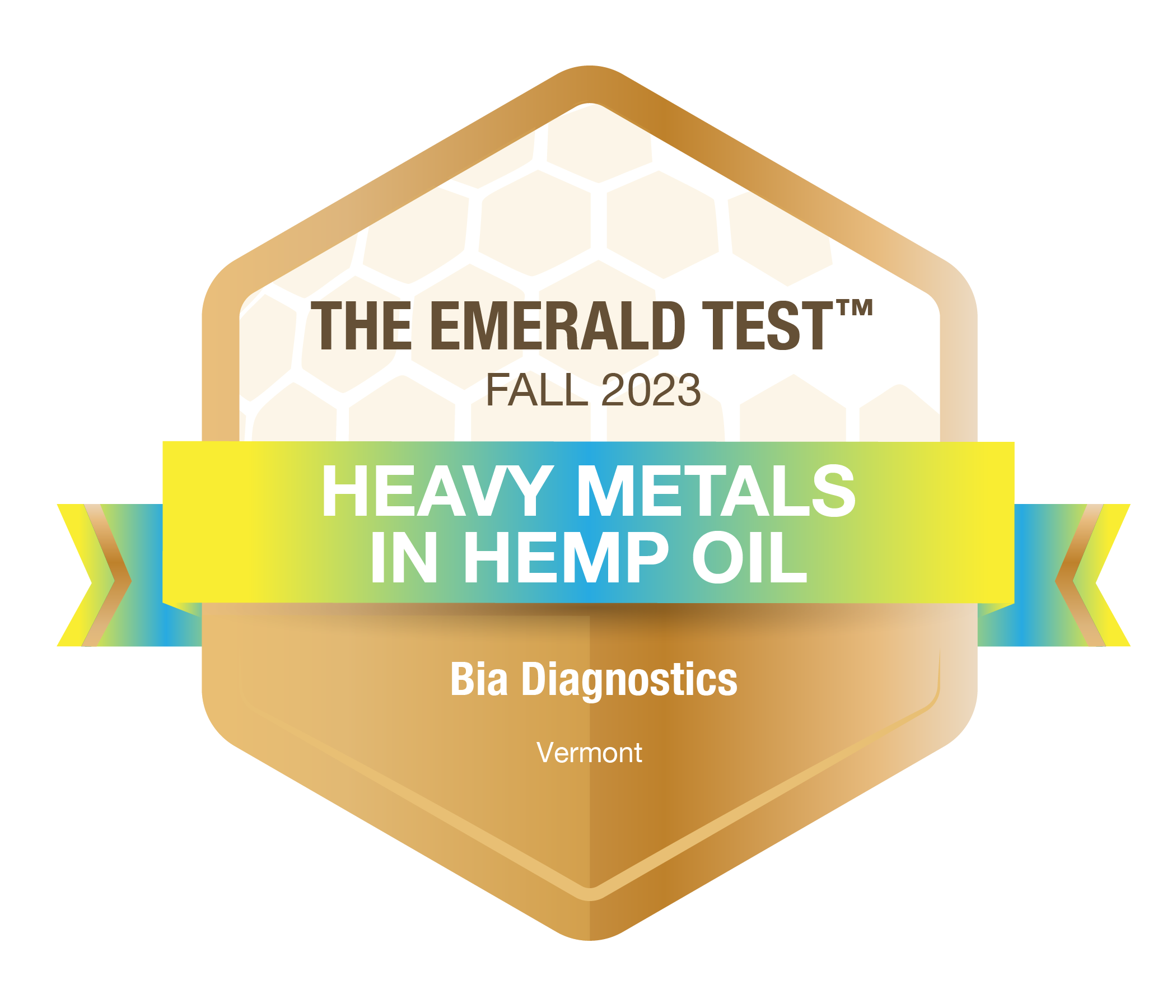

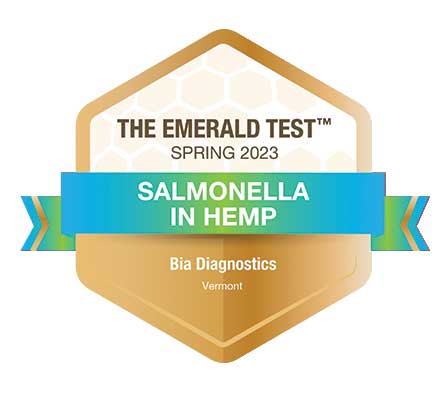
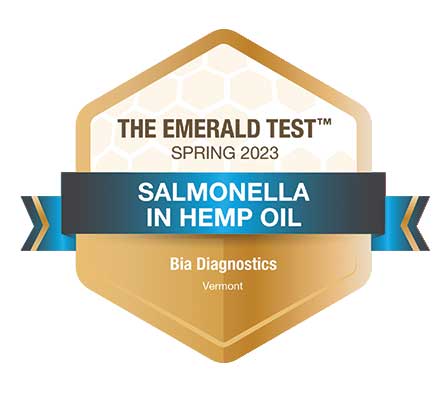
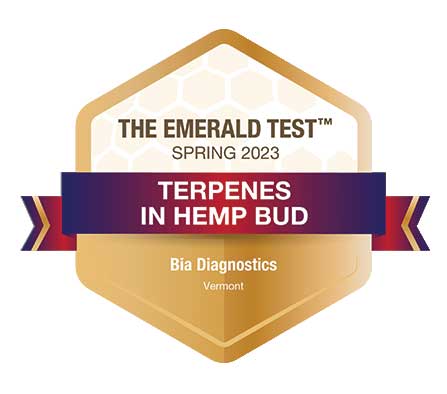


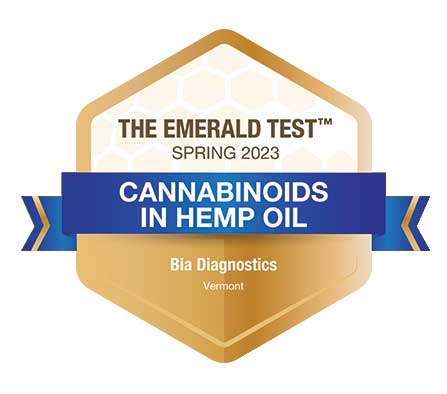
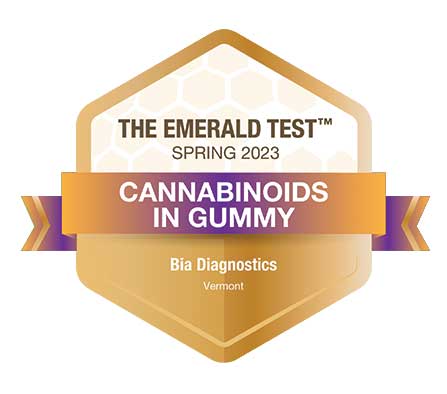
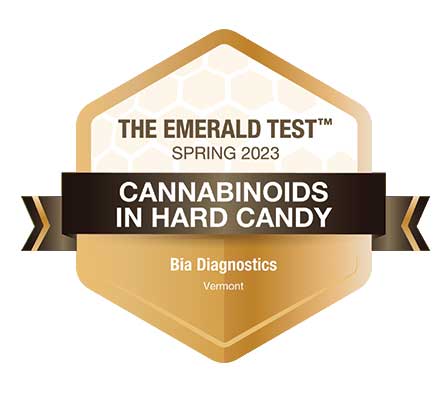
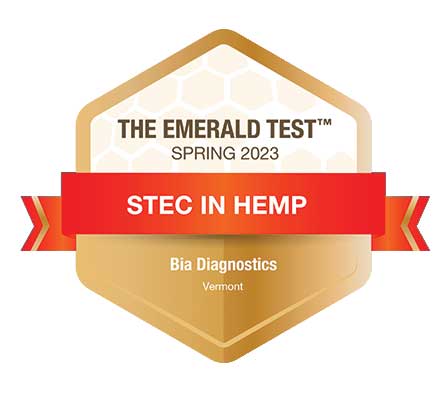
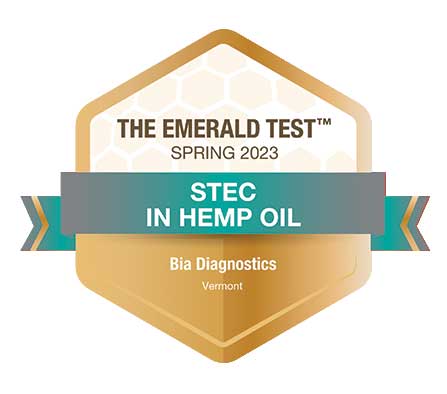
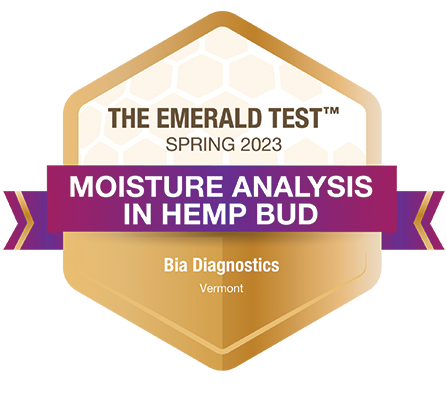

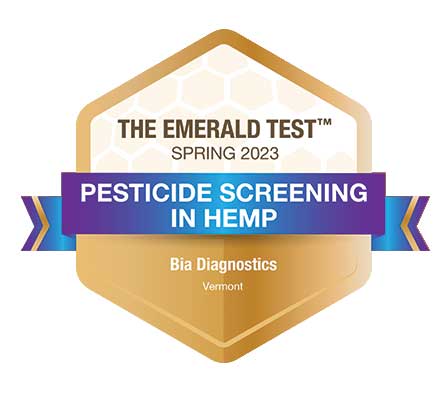
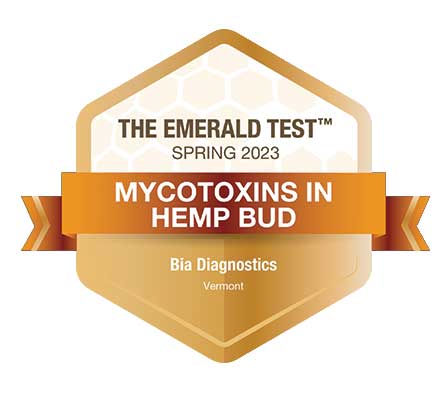
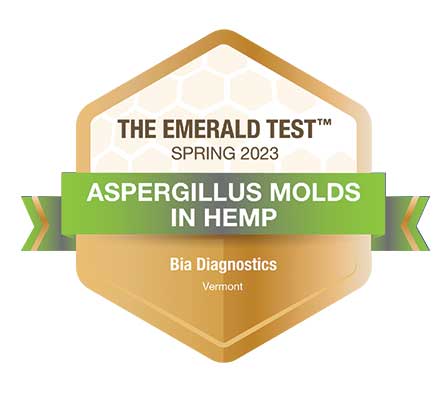

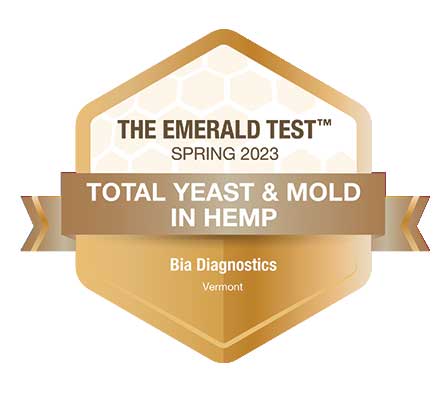
Cannabinoids are the chemical compounds produced by the Cannabis plant and are known to provide relief to a wide range of symptoms including pain, nausea, and inflammation. We test for cannabinoids, including THC and CBD, using high performance liquid chromatography (HPLC).
Concentrates including waxes, oils, shatters and salves purified with organic solvents must be tested to ensure that remaining solvents are within safe consumption levels. We test for residual solvents using gas chromatography mass spectrometry (GC-MS).
Terpenes are the largest and most diverse class of chemicals produced by plants. They are the aroma and taste compounds of Cannabis and have unique therapeutic properties. We test for terpenes using GC-MS.
Pesticides and mycotoxins (i.e. fungi) are a concern to consumer safety as these molecules can be highly toxic. We test for these contaminants using high performance liquid chromatography tandem mass spectrometry (LC-MS/MS).
Heavy metals are harmful toxic elements that are absorbed by the cannabis plant through uptake from the soil, water, and fertilizer. We can test for heavy metals such as Mercury, Lead, Arsenic, and Cadmium using inductively coupled plasma mass spectrometry (ICP-MS).
Contaminated cannabis can lead to a range of health issues, especially in individuals with weakened immune systems. Ensuring that cannabis products are free from harmful pathogens such as E. Coli, Salmonella, and Aspergillus is a key step in providing a safe and reliable product to consumers. We test for pathogenic DNA using Polymerase Chain Reaction (PCR) methodology.
Water activity (Aw) is a measure of the availability of water for microbial growth and chemical reactions within a product. It ranges from 0 to 1, with 1 indicating pure water. In cannabis, maintaining an optimal water activity level is vital to prevent the growth of harmful microorganisms like bacteria and molds, which can compromise both the safety and shelf life of the product. We test for water activity using a state-of-the-art Aqualab TDL2 meter that can differentiate terpenes and other volatile compounds from water.
Hop Latent Viroid is a tiny, infectious RNA molecule that affects plants, including cannabis. It spreads silently, often without visible symptoms, and can significantly impact the yield and quality of cannabis plants, making its detection and prevention crucial for growers. We test for HLVD using Polymerase Chain Reaction (PCR).
Female cannabis plants are the primary focus for growers due to their resinous flowers. By employing gender testing, growers can identify and eliminate male plants early in the growth cycle, preventing pollination. We test for gender by Polymerase Chain Reaction (PCR).
Microbial contamination such as aerobic bacteria, yeasts, and molds is a concern to consumer safety and health. We test for Total Aerobic Bacteria and Yeast and Mold using 3M Petrifilm technology, AOAC Official Methods of Analysis 990.12 and 997.02, respectively.